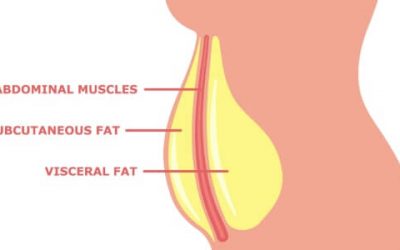
Muscle pain can be extremely annoying in your daily life, especially when it gets in the way of getting proper sleep, being active, or just walking around comfortably. There are many ways you can alleviate these pains, ranging from yoga to medicinal ointments, but one method that you might not be aware of is neuromuscular therapy (NMT).
Neuromuscular therapy, otherwise known as trigger point myotherapy, is a type of massage therapy that focuses on putting pressure on specific “myofascial” points in your body to relieve the pain. Massages are performed by a neuromuscular therapist, who is educated in the nervous system and how it affects muscles.
How is it different from a massage?
In other words, NMT focuses on pinpointing precise locations on your body that is causing pain — often referred to as “trigger points” — to resolve the problem at the source.
Whether you have pain resulting from a sporting injury, an auto accident or bad posture, neuromuscular therapy is often the ideal treatment.

Simply put, neuromuscular therapy combines massage therapy with the science of trigger points to reduce pain and improve performance. Before starting the massage, neuromuscular therapists will locate the origin of the pain by addressing five key aspects of the body. These include:
- The presence of ischemia, which is a lack of blood supply to soft tissues, causing them to tighten.
- Locating trigger points (sensitive points in your muscles that have become highly irritated).
- Identifying nerve compression/entrapment (nerve pressure caused by soft tissue and muscles).
- Evaluating postural distortion (assessing your overall posture and looking for imbalances).
- Recognising biomechanical dysfunction (poor movements from daily joint activities like golf or abnormal gait).
Once these factors have been examined, the neuromuscular therapist will have a specific understanding of the source of your pain and can develop a personalised massage plan to help relieve discomfort.
What does treatment look like?
If one of the five factors listed above is causing your pain, a therapist can apply the science of neuromuscular therapy to target your trigger points. Whether it’s focusing on joint motion to alleviate nerve compression, or helping to increase blood flow to specific parts of the body to reduce ischemia, an NMT therapist is equipped with proven techniques to fix problems.
Although anyone suffering from muscle pain can benefit from neuromuscular therapy, it is especially helpful for relieving soft tissue pain commonly associated with lower back pain, upper back pain, hip pain, headaches, knee pain, jaw pain and more.
Research has also shown that it can improve symptoms from disorders like carpal tunnel, sciatica and even serious diseases like Parkinson’s. But even if you don’t suffer from any of these, neuromuscular therapy is a wonderful way to simply reduce physical tension, release stress, and improve athletic performance.
How effective is neuromuscular therapy?
NMT sessions have been proven to lessen the pain and symptoms associated with long-term ailments, such as back pain, migraines and cramps. Beyond all the serious issues it helps with, this type of therapy is a form of massage, which means you’re guaranteed to feel a lot more relaxed afterwards, with tight muscles feeling noticeably less tense for several days after the session.
The only thing left to do is take action. If you’re experiencing muscle soreness, BodyScene offers services in the comfort of your own home, alongside a detailed health screening, past-injury questionnaire and functional assessment to ensure the best possible results. Book a neuromuscular therapy session with one of our trainers today!



